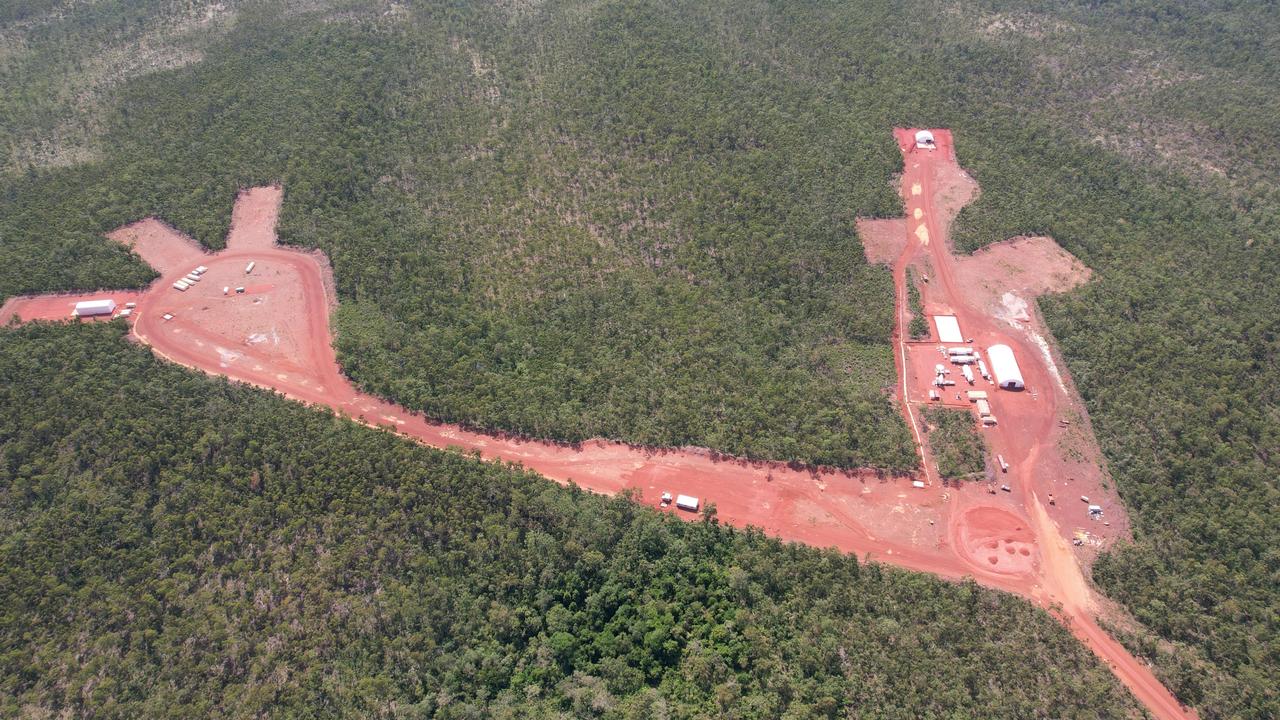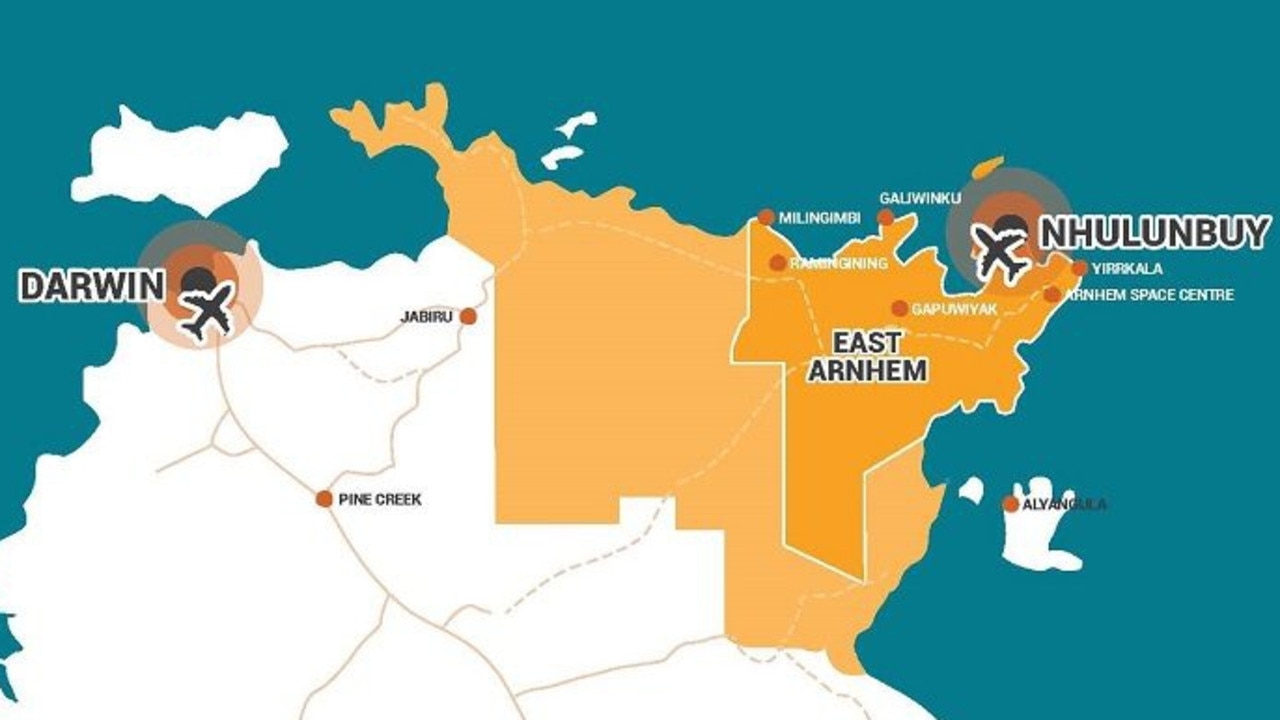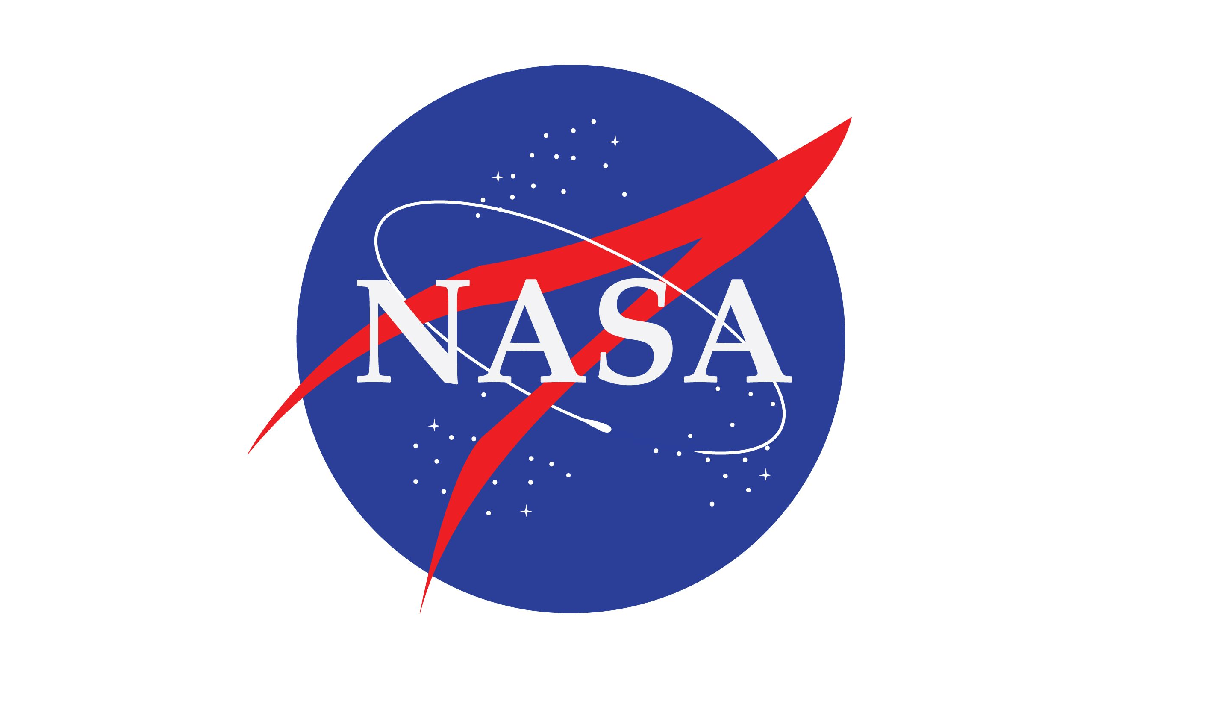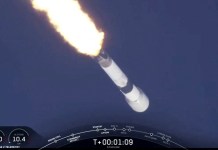On June 27, the US space agency NASA successfully launched a commercial rocket from Australia’s remote Northern Territory for the first time. It marks the agency’s first commercial spaceport launch outside the United States.
NASA Stops Auction Firm From Selling ‘Lunar Dust’ Collected By Neil Armstrong During Apollo 11 Mission In 1969
The rocket was launched from the Arnhem Space Center on the Dhupuma Plateau, close to the township of Nhulunbuy, at just past midnight local time on Monday, according to Equatorial Launch Australia (ELA), the developer, owner, and operator of the center.
History made ✅
The 1st of 3 @NASA scientific rockets has successfully launched from @ela_space Arnhem Space Centre in the NT.
It’s Australia’s 1st commercial launch & NASA’s 1st from a commercial facility outside the US.
This is a milestone moment for our ?? space sector ? pic.twitter.com/oVnAeRNfzH
— Australian Space Agency (@AusSpaceAgency) June 26, 2022
The launch was delayed for roughly an hour due to wind, rain, and clouds gathering at the site. “We had a few delays because of the weather, but when it finally went, you feel the shock of the rocket as it left, and the noise was pretty impressive,” Arnhem Space Centre CEO Michael Jones told the Today Show on Monday morning.
“We went through the full weather spectrum last night. We had heavy rain and clouds. It would put some risk into what the launch angles will be, so we just had to make sure it was safe.”
The rocket is anticipated to reach more than 300 kilometers (186 miles) into space on its mission to investigate the Alpha Centauri A and B constellations, which are the closest star systems to Earth.

Australia has a unique connection to Alpha Centauri. According to Reuters, the Alpha Centauri can only be seen from the Southern Hemisphere and is one of the “pointers” to the Southern Cross constellation depicted on the nation’s national flag.
A Historical Event For Australia
Monday’s event was also historical for Australia, as it was its first commercial space launch. It was the first of three launches, with the other two scheduled for July 4 and 12. The rockets will conduct astrophysical research that can only be undertaken from the Southern Hemisphere.
The rocket is equipped with an X-ray Quantum Calorimeter that will enable researchers from the University of Michigan to precisely measure interstellar X-rays to reveal new information on the structure and evolution of the cosmos.
NASA has earlier launched a rocket from Australia in 1995.
The latest launch, which was NASA’s first in Australia in 27 years, gathered about 75 NASA personnel in Arnhem Land. Enrico Palermo, head of the Australian Space Agency, described the launch as a crucial turning point in the growth of space activities.

The launch pad is on the conventional ground, and NASA has promised to clear the area after the launch by taking all the materials and debris back to the US.
Equatorial Launch Australia, which owns and manages the Arnhem Space Center, aspires to significantly improve its capacity to accommodate 50 launches annually by 2024.
According to CEO Michael Jones, the site’s geographic setting and proximity to the equator will draw foreign space organizations. “Our proximity to the equator being 12 degrees south gives us an astrodynamic and physics advantage over a lot of launch sites around the world and is highly desirable for large and complex orbital solutions in space,” he told SKY News.

Australia’s Space Program
Monday’s launch is a significant advancement for Australia’s space ambitions.
In the 1960s, the European Launcher Development Organization (ELDO) program utilized Australia’s launch facilities in South Australia at Woomera. In 1967, Australia was the fourth country to launch a domestically produced satellite from its soil.
The WRESAT satellite, launched from Woomera aboard an American Redstone rocket, remained in orbit until the beginning of 1968. However, when ELDO moved to French Guiana, Australia, it lost all interest in rocket launches.
Later, an American firm showed interest in establishing a launch facility in Australia at the beginning of the 1990s. But none of those plans materialized.
Australia has recently shown a new interest in space science. However, since the country’s space agency was founded in 2018, there has been a lot of doubt about the country’s space capabilities.
According to Prime Minister Anthony Albanese, the launches are an initiative to “bring together the global and local industry to take Australia’s space sector into a new era.” Australia has also joined the US-led Artemis Accords.
NASA developed the Artemis Accords as “a shared vision for principles, grounded in the Outer Space Treaty of 1967, to create a safe and transparent environment that facilitates exploration, science, and commercial activities for all humanity to enjoy.”
While the latest launch is a significant step forward for the country, it is far from allowing Australia to compete on a global scale.
- Contact the author at ashishmichel@gmail.com
- Follow EurAsian Times on Google News




